Creating Flexible Mechanisms with 3D Printing
Gareth's Tips, Tools, and Shop Tales - Issue #97
Thanks to all of you who encouraged friends and family to subscribe to this newsletter. I saw a decent spike in subs. Let’s keep that going!
Creating Flexible Mechanisms with 3D Printing

Via the always-informative Maker Update comes news of a new 3D printed game controller joystick mechanism from Akaki Kuumeri. Akaki has built such devices in the past, but this one transfers all of the functions of the controller to the joystick and uses conventional PLA 3D printing to create extremely clever flexible joints in the translation mechanisms. This is a game-changing way of thinking about 3D printing and what it’s capable of.
WIP, Always
Things have been somewhat chaotic recently as my fiance and I sold my home and are planning to make a cross-country move to California. As a result, I’ve done very little making. Like a lot of DIYers, working on projects is therapy for me and I’ve missed devoting an hour or so each day to what I love (building and painting miniatures). Two weeks ago, I finally started a small project on my bench and it instantly reminded me of the satisfaction and inspiration this near-daily activity brings. Going forward, I’ve decided to try and always have a work-in-progress, however small, on the bench at all times. Just walking by it, picking it up, thinking about what my next move is, etc. makes a real difference in my mental health.
Trash Bashing Master Class

On Boing Boing this week, I did a piece on an amazing Howl’s Moving Castle model made almost entirely from kitchen trash (plastic jars, coffee stirring sticks, broken toys). This nearly 1-hour video is a master class in trash bash modeling, with lots of tips and techniques. A few of my favorites: Combing a 1:1 mix of Green Stuff and Milliput to create a more easily sculptable epoxy putty (a Games Workshop miniature sculptor once described working with Green Stuff to me as sculpting in stale chewing gum). Another great idea: Making bricks out of craft foam and then putting them in a can with rocks and tumbling them to create realistic brick weathering.
How Transistors Are Like Flush Toilets
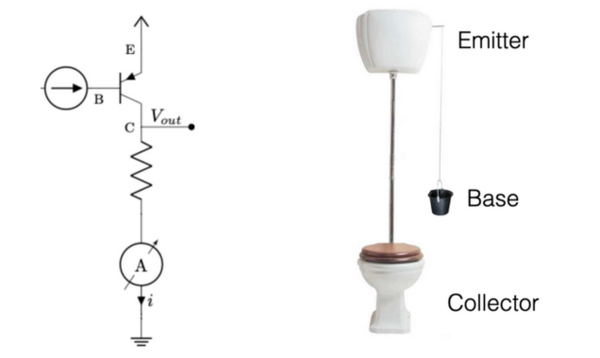
For the none-electrical-engineering-minded, understanding electronic components and circuits can be challenging. One tried and true analogy of voltage and current that is often used is plumbing and water pressure. In this piece by physics professor, Giovanni Organtini, he extends the water analog to explain how a transistor is kind of like a flush toilet.
Battery Self-Discharge
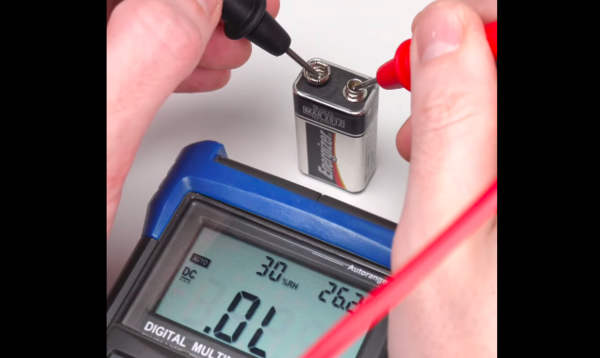
I love that Collin Cunningham has recently been putting out a more steady diet of these Collin’s Lab Notes videos. In this one, Collin looks at battery self-discharge, the rates at which different battery formulations lose their charge just sitting around. The short of it? Alkaline batteries are still the best to use for things like smoke detectors, emergency flash lights, and other mission critical applications.
Making a Table Saw Feather Board from Inline Skates
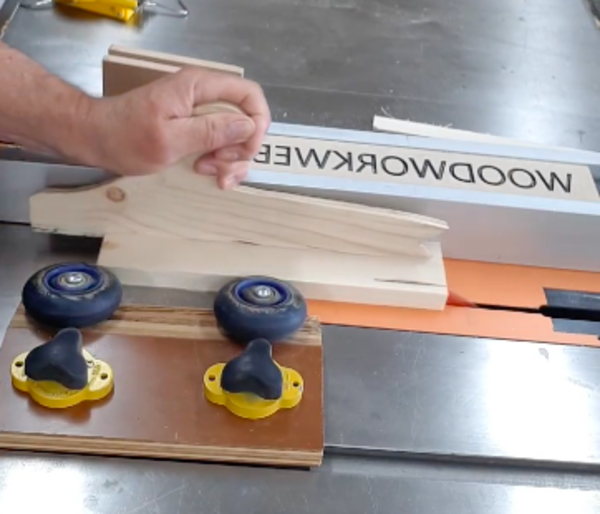
Colin Knecht made a feather board (a device for holding workpieces against the saw fence) for his table saw using some old inline skates, a couple of magnetic switches, and some scrap wood.
Molding & Casting Skill Set
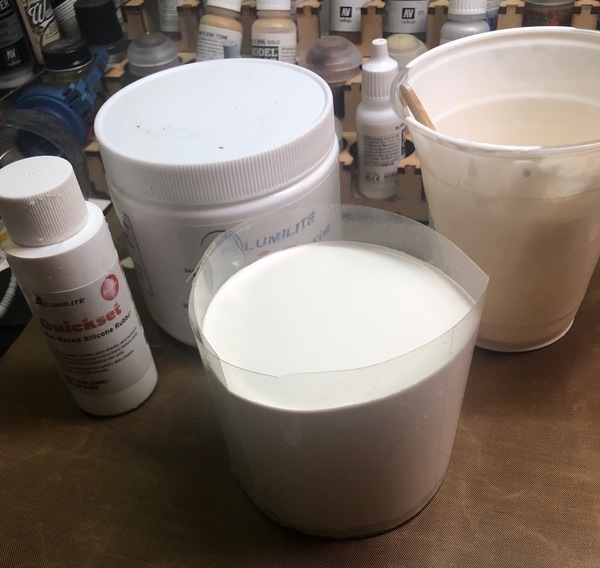
Molding fail? I was almost certain I’d screwed up my block mold. I think I used a very old bottle of catalyst and the silicone rubber was not hardening by the time I went to bed last night. (There’s a tip in here: Put dates on bottles of supplies that can expired.) But this morning, I was thrilled to see the mold had, in fact, cured, just more sluggishly than normal. As far as I can tell, the mold is still viable. Next week, I’ll show the results of the resin casts.
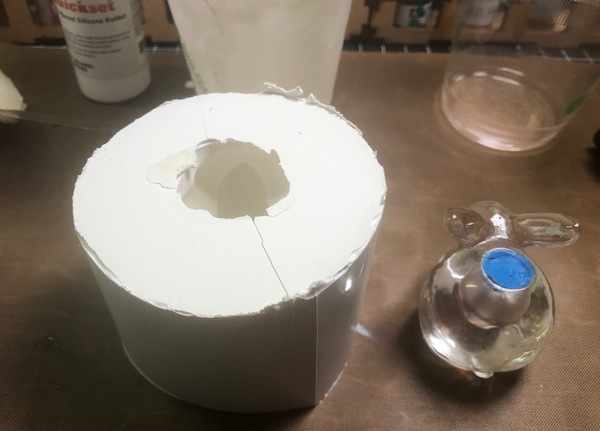
To see all of the Molding and Casting Skill Set series, see issues 85, 86, 87, 88, 89, 90.
Maker Slang
Log jam – When you finish a project and there are a few bits left (spare bolts, circuit boards, etc…) that need to be put back in their rightful place. They’re not rubbish, but you haven’t got time to sort them. So, you put them in a pile for later. Then another project happens, more bits on the sort pile, and before you know it, you’ve got a “log jam” of (typically fiddly) things that need to flow downstream to their destinations but they’re all snagged together in an ever-growing pile. Eventually, you either need to sit down and spend the day sorting, or admit defeat and just throw everything away. [H/t Andrew Lewis]
Eat the frog – As the saying goes: “If it’s your job to eat a frog, it’s best to do it first thing in the morning. And if it’s your job to eat two frogs, it’s best to eat the biggest one first.” The idea being to get the most unpleasant/daunting tasks out of the way first thing. This quote is often attributed to Mark Twain, but it predates him.
Tinkeritis – When you overwork, futz with, and try and improve something that still works poorly because you really don’t know what you’re doing. Reader txinkman submitted this one and says he knows it in reference to motorcycles. The guy who originally owned the house I just sold had a classic case of tinkeritis. He thought he was a well-rounded handyman. He wasn’t.
Knitting – Coined by my old programming/hypermedia partner, Peter Sugarman, knitting is any repetitive, low-mental task that you can easily background or perform when you need a break from more taxing work. “I’ll do some knitting and fold these brochures while we talk on the phone.”
Maker’s Muse

A miniature apartment in your wall? Sure, why not?
(Gareth’s Tips, Tools, and Shop Tales is published by Cool Tools Lab. To receive the newsletter a week early, sign up here. — editors)






